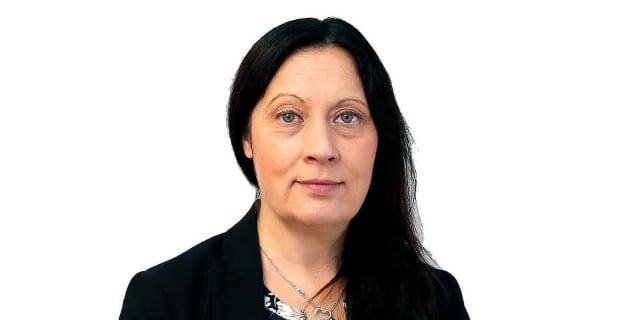The story, which first appeared online at the weekend, detailed a fictional rape of a young girl by a man “of Somali background”. It featured the byline of one of Blekinge Läns Tidning's (BLT) journalists and used the paper's colour scheme and logo to make it look convincing.
In reality, the article was false, not written by BLT nor hosted on their site. The newspaper only became aware of it when a reader contacted them to let them know.
“It was very believable, especially if you weren't aware for example that we don't highlight ethnicity in crime stories. Everything else looked like it came from our site,” BLT editor-in-chief Mimmi Karlsson-Bernfalk explained.
The Local was sent an image of the fake story, and the mock-up is convincing. Our own Swiss site was subject to a similar attack in July, when a false story claiming six Arab countries had demanded Qatar be stripped of the right to host the World Cup was published on a site mocked-up to look like The Local Switzerland.
READ ALSO: The Local victim of Qatar fake news plant
Karlsson-Bernfalk said the phenomenon is a concern.
“It's incredibly dangerous. I think this is very, very worrying. It exploits a person's fears and the fact that we're often scared of what we don't recognize. For example people in Sweden and elsewhere in the world who don't really understand globalization, who maybe long for the past.”
“And there are people now who don't consume traditional media and spend all their time on social media or certain sites, where they only see their view of the world – or something that wasn't their world view, but becomes that when they consume fake news often enough and start to believe it,” she added.
“Let's say you believe today that the world is flat: you'll find all the support for that you need on the internet. And then what happens is if traditional media don't go out and say it's flat, people start to think they're hiding something. The polarization only grows. I think this is a serious problem in our democracy.”

Mimmi Karlsson-Bernfalk. Photo: BLT
Earlier this year Sweden's government announced that children in the country will be given better teaching in schools on how to be critical of sources and spot fake news stories.
READ ALSO: Swedish kids to learn how to spot fake news in primary school
While BLT's editor-in-chief thinks that's a good idea, she also argues that it needs to be applied to a broader age group:
“It's good, but I think we need to talk more about source criticism for everyone – across all levels of society and not just in school. In the media we need to be more transparent and even clearer about how we work with the news: say, explain why we don't publish ethnicity or other details when it comes to a suspected crime.”
Swedish media tend to report as few identifiable details as possible about a suspect before trial, usually not naming them until they have been convicted of a crime, contrary to the practice in many other countries.
“A clear example is that if a person is subjected to a rape, should we really make that person who has suffered a crime relive the whole experience by reading all the details? And perhaps even be indirectly singled out as a result. It's an educational task for us in a sense,” she continued.
In October a study suggested that young people in Sweden are actually better at spotting fake news, with older generations more likely to be fooled. That's something that has been brought to Karlsson-Bernfalk's attention.
“Several younger readers have pointed out to me that it's not necessarily kids who need to learn how to spot fake news most. They grew up with the internet and are already quite source-critical as a result, they know how it works. Middle-aged people and upwards on the other hand, who grew up in an environment where we trusted most of what we saw, perhaps need it more,” she concluded.
READ ALSO: Young people in Sweden more likely to question information online


 Please whitelist us to continue reading.
Please whitelist us to continue reading.